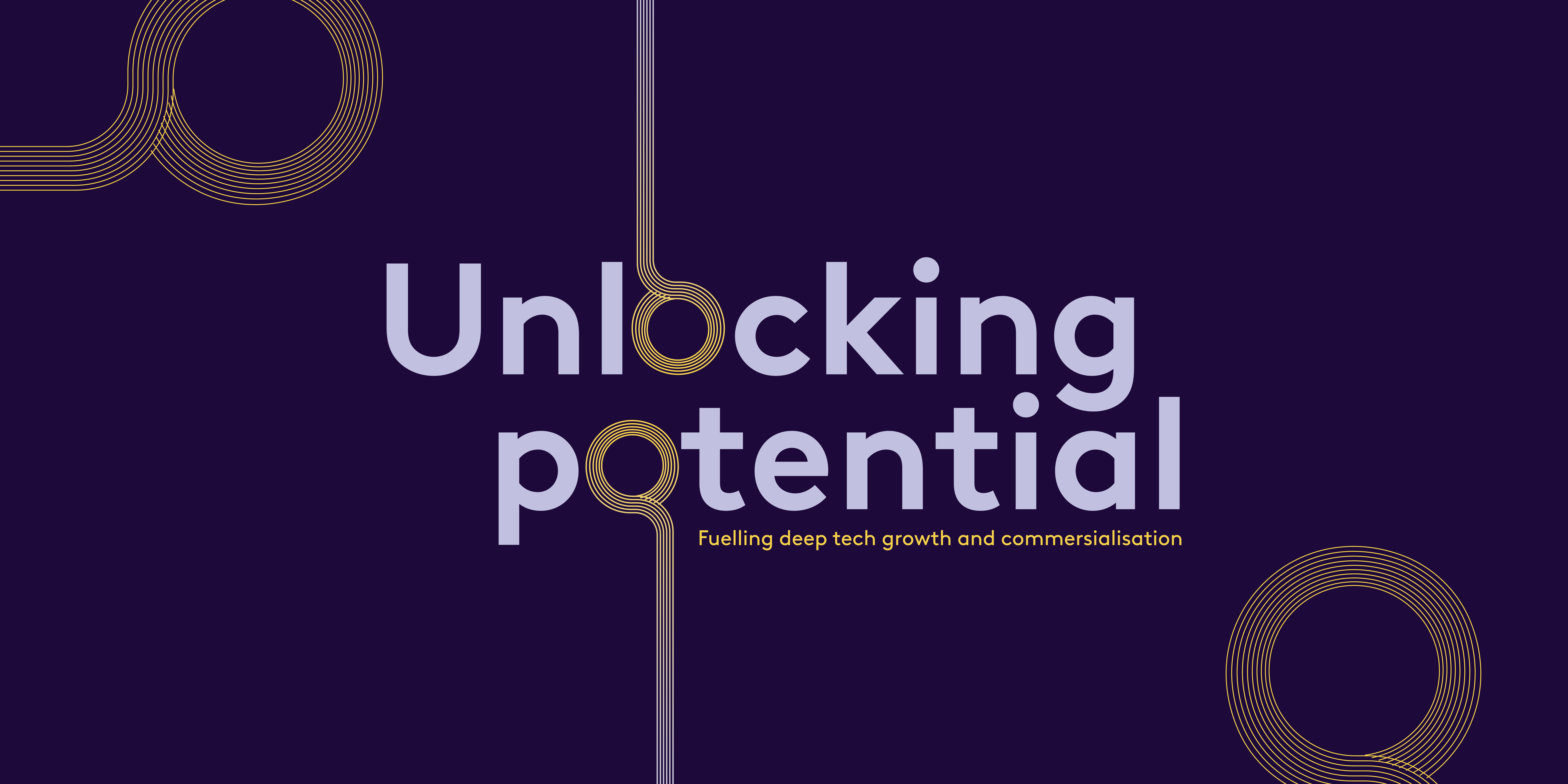3 years on, how is the Open Banking revolution doing?
January saw the third birthday of the Open Banking revolution, so why is it only in the past year that such a pivotal area of fintech has started to receive the focus that it deserves? This anniversary has prompted my analysis of the key areas within financial services that are so far being innovated by Open Banking, which of these I am most excited by and what the future holds. In summary, I believe that Open Banking, and subsequently Open Finance, has the power to transform the financial services industry – improve competition, transparency, optionality and more – and as a result advance financial inclusion, making information and capital more accessible to more people and providing them with hitherto unavailable opportunities.
The initial and overarching aims of Open Banking were ultimately to promote innovation and competition within the financial services space and protect the end customers. A core objective of Open Banking is to put consumers’ data back into their own hands. For many years, traditional banks have been safeguarding this hugely valuable data, but not for the wellbeing or benefit of their customers. For years, prices have been driven higher with consumers having little or often no choice around where they keep their money and how they carry out payments.
Despite the fact that the aims are in their favour, consumers have been slow to adopt applications powered by Open Banking. Awareness, data sharing and consumer trust have been the major sticking points on the demand side and are crucial to its success in the future and the continued take up across the industry. To date 2.5m people (~3% of the UK population) are using Open Banking powered applications. This take up has been slower than expected and looks particularly inadequate when compared to take up in South Korea where more than 20m consumers (~70% of the population) are using open banking services within just a year of launch (23x the adoption rate in the UK). However, this difference is largely due to the incomparable market dynamics, including consumer tendencies in South Korea towards “super apps” that have encouraged the smooth take up of open banking services (e.g. home grown fintech unicorn Toss). In spite of the slow start back home in the UK, I expect take up from here to rise exponentially, as people steadily realise the advantages that are being handed to them, through increasingly value-added applications and services cropping up around this innovation. Three years in, we are now starting to see the quality, reliability and range of APIs connecting to customer accounts and the regulators’ vision has started to be realised.
It has not just been on the consumer side where we have seen dampened demand for open banking; the Banks themselves have been characteristically slow to embrace these opportunities. Six of the nine largest UK current account banks missed the CMA’s January 2018 deadline and as a result had to be issued with new implementation dates. Subsequently, it was revealed through a Salt Edge Survey in 2020 that even when 97% of the UK’s banks had built API availability, this still did not translate into all of them responding to requests from third party providers. This reflects a general feeling of unease amidst banks who have so far felt that the benefits are one-sided in favour of the fintechs. This means that in practice, Open Banking is still relatively nascent on its journey to transforming financial services and there is still work to be done to educate banks on the opportunities Open Banking provides to extend their reach and help them improve their offerings to consumers.
While take up so far has been slow on the side of the consumers and the banks, fintechs on the other hand have been quick to see and seize opportunities across both the data and payments landscapes. In this piece, I am focusing on the opportunities within the data space, although I am equally excited by the Open Banking payments space as well. Payment Initiation Services have started to prove their potential for disruption to the current payments’ ecosystem, facilitating bank to bank transfers without the need for a card or PayPal account, saving them huge amounts in fees. In my view it is still early days for payments, but there is potential for much-needed improvement, particularly in the B2B payments space.
On the data side, the way I like to think about the Open Banking universe that exists today is split into four key categories:
- Data Aggregation: There are a number of different kinds of companies that have emerged that can present your data to you in a variety of ways using Open Banking. These most often in the form of personal finance management apps, which vary significantly in what they can do. The simplest of these bear closer resemblance to a cool feature, rather than a multi-million pound fintech. I suspect most of the incumbent banks will include these in their online banking apps over the coming years; these are usually set up to help customers understand how they are spending within an account. Others, such as our portfolio company, Multiply, use Open Banking to get sophisticated insights into customer spending which can then be translated into automated financial advice. There are also data aggregators that can plug into various accounts to present the data to an end user such as a lender or mortgage broker, as well as a number of others.
- Infrastructure: Those that provide the Open Banking infrastructure for the broader fintech ecosystem. Companies such as our portfolio company Token.io have built sophisticated APIs that allow banks and other fintech players (e.g. merchants and payments processors) to build data aggregation solutions for their customers. In the case of Token, their platform helps companies raise security and reduce fraud and disintermediation. Unlike in-house developed solutions, they are able to support the same API across all banks.
- Categorisation: Those that can categorise Open Banking data. Some exciting companies have emerged who have taken on the task of trying to help organisations and end customers really understand this Open Banking Data so that they can draw more value from it. After all, how helpful is it to see raw bank transactions as they come straight out of your bank statements? Personally, I often find these hard to understand even as the person who has undertaken the transaction, let alone thinking how difficult it would be for a third party! This is where someone like Heron Data will be of enormous service to the industry, helping companies in categories (1), (2) and (4). They are taking these raw transactions and turning them into categorised data using labels defined by their customers. Similarly, Flux are helping customers, retailers and banks by providing digitised, item-level receipt information. They have so far helped banks like Monzo and Starling Bank increase their app engagement, by enriching transaction details with item-level receipt information.
- Analysis: Those that can do something really exciting with your data. This is the category that is the most nascent in my view, but one that I am particularly excited by. These are the companies who are taking Open Banking data and applying sophisticated models to that data in order to solve specific problems and add value. A use case that could really improve financial inclusion here is within credit risk, banking fraud and detecting financial vulnerability. By layering artificial intelligence and machine learning models over Open Banking data, these transformational companies can help lenders and other financial institutions make more informed and fairer decisions regarding loans, affordability, detecting predatory behaviour and predicting what particular customers might be vulnerable to. In another highly valuable use case, hedge funds and asset managers can utilise enriched Open Banking data to get insights into customer behaviour and even macroeconomic trends. As fees continue to be squeezed for hedge funds and asset managers, alternative data sources have sky-rocketed in popularity and I am particularly excited by those that are underpinning their alternative data platforms with Open Banking data.




What does the future hold?
While strides have been made, there is still a huge amount of potential ahead of us for Open Banking; particularly when we think beyond Open Banking to the possibility of Open Finance.
Open Banking regulation in the form that it currently stands only covers current accounts, although some banks have chosen to include other accounts proactively. The concept of Open Finance would extend this to include the rest of someone’s financial life, including savings accounts, pension funds and more. In December 2019, the FCA published a Call for Input to explore opportunities and risks arising from Open Finance. However, no matter how engaged the regulators and related entities are with pushing forward with their agenda, success still relies on take up from consumers. On this front, Open Finance will be able to learn from the Open Banking experience over the past three years, which has markedly suffered from poor communication around user benefits. I believe a combination of the opportunities for advantages offered by up-and-coming Open Banking applications, clearer communication to the market about the potential benefits for consumers and the continued emergence of these exciting companies will lead to a much faster take up of Open Finance over the next three years.
I am incredibly excited by the opportunities Open Banking has uncovered and believe it will greatly improve competition, transparency and pricing across the financial services landscape and will lead to greater financial inclusion in the future.













